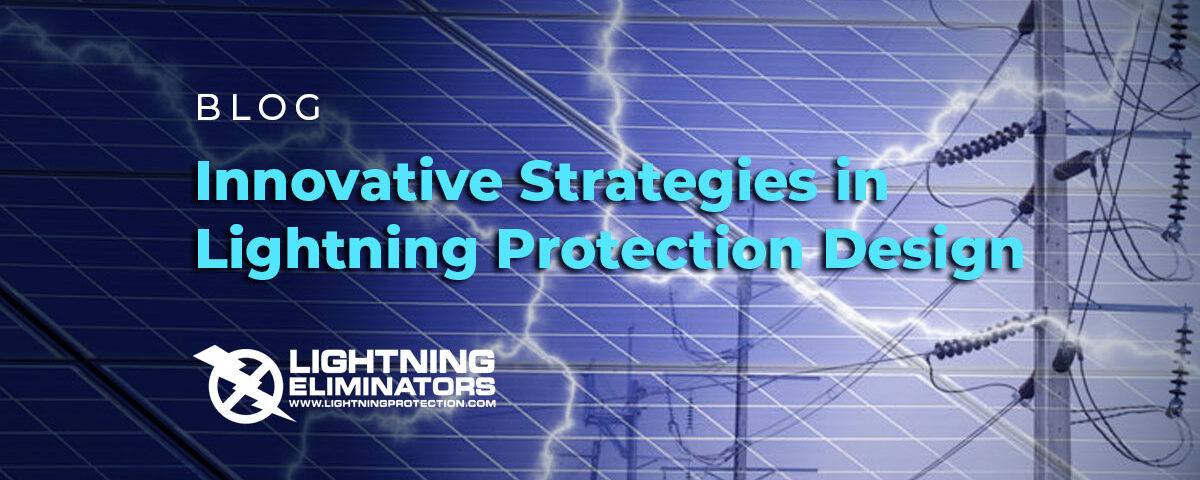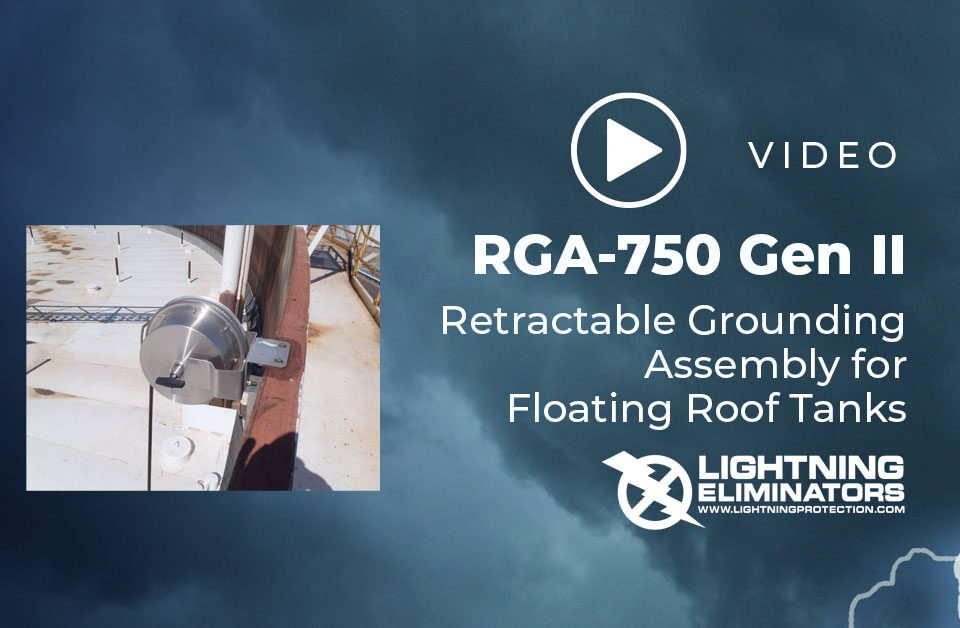- We Prevent Lightning Related Problems.

Lightning Eliminators, Inc. Welcomes Michael J (Mike) McMahon as New CEO
July 23, 2024
Safeguard Your Facility with a Revolutionary Lightning Protection Shield
January 2, 2025Shield Your Assets: Innovative Strategies in Lightning Protection Design

Lightning strikes pose a significant threat to equipment, causing damage and downtime that can be both costly and disruptive. To protect your valuable assets from the destructive power of lightning, it’s crucial to implement effective lightning protection design measures.
With modern urban and provincial development, commercial facilities contain valuable digital electronic equipment for day-to-day work, meaning large investments are at risk during thunderstorms. In fact, approximately 25 million cloud-to-ground lightning strikes occur in the United States each year. A direct lightning strike delivers damaging energy, which even the most robust electrical devices and systems cannot withstand if protection measures are not correctly taken.
Before exploring lightning protection design methods, it’s important to comprehend the potential hazards associated with lightning strikes. Lightning carries immense electrical energy, which can result in catastrophic consequences for your equipment. The intense power surges induced by lightning can damage sensitive electronics, disrupt the power supply, cause data loss, and even lead to fire hazards. Recognizing the risks—especially with lightning-induced power outages and equipment damage costing the U.S. economy an estimated $5 to $6 billion annually—well-designed protection measures are critical.
In the real world, electronics can be subject to nasty electromagnetic events—direct and indirect strikes.
First, the most obvious way in which lightning destroys electronic devices is, of course, by a direct strike. These will almost vaporize anything.
Second, a strike could indirectly damage electronics even hundreds of meters away. Two mechanisms allow energy from a strike to couple into a device indirectly. These are:
- Near and far field electromagnetic coupling: The incredible voltages and currents of lightning strikes produce electromagnetic pulses (EMPs), which propagate outwards at the speed of light. The magnitude of these waves can be so high that they couple or induce significant current and energy into nearby conductors (e.g., power lines or communication cables).
- Ground potential gradient coupling: This coupling mechanism interacts with lightning strikes and the earth (e.g., dirt, soil, etc.) around impact points.
Addressing these challenges is crucial for the smooth and safe operation of facilities. Effective lightning protection design is essential to mitigate these risks, ensure uninterrupted production, protect valuable assets, and maintain a secure working environment.
Our services include:
- Risk assessment
- Advanced and traditional ground resistance testing
- System design and specification
- Expert consulting, engineering, and support
We are here to solve your problem and save your electronics. Talk to us.

